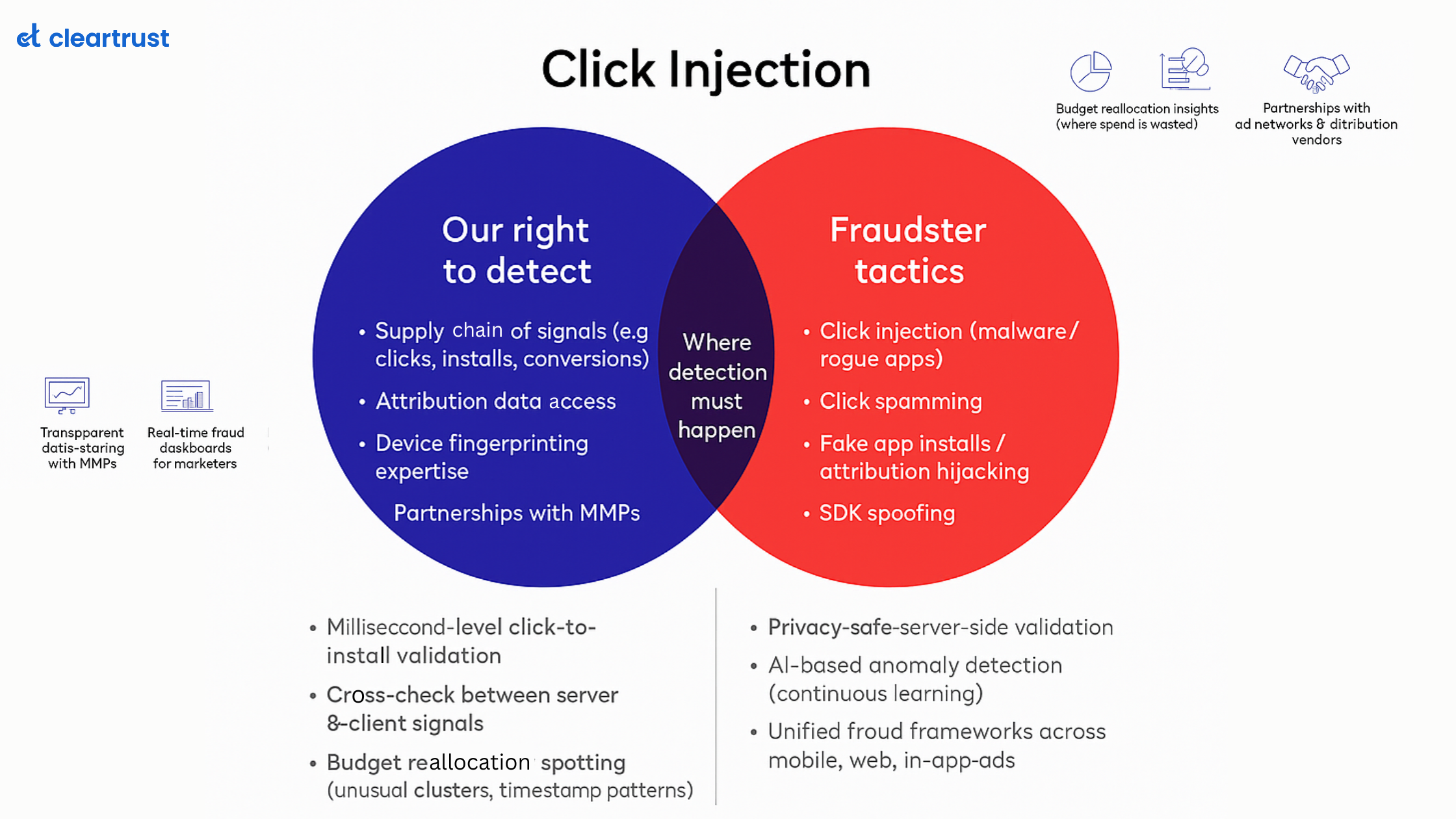In today's ever-evolving digital landscape, publishers are constantly seeking new avenues to maximize their revenue streams. One such avenue that has gained significant traction in recent years is Connected TV (CTV). As the world becomes more interconnected, so does our entertainment, and CTV plays a pivotal role in this shift. For digital publishers, embracing CTV as a monetization channel can open up a world of opportunities. Moreover, there are new trends emerging at lightning speed in this segment which serves as the cherry on cake.
CTV ad spends reached a milestone of $1 billion in June 2023. While this is just the beginning of exploring the huge ocean of opportunities in CTV advertisement, there are multiple avenues for publishers to capitalize on this segment and turn highly profitable. In this blog, we'll dive deep into how publishers can effectively monetize their content on CTV and tap into this flourishing market.
How does Connected TV advertising work?
- Programmatic Advertising: CTV advertising is often executed programmatically, leveraging data and algorithms to automate ad buying. This allows for precise targeting of audiences, ensuring ads reach the right viewers at the right time.
- Ad Formats: CTV offers various ad formats, including pre-roll (before content starts), mid-roll (during content), and post-roll (after content). Interactive ads, such as shoppable ads and gamified experiences, are also gaining popularity.
- Audience Targeting: Leveraging data, CTV allows publishers to target specific demographics, interests, and behaviour. This ensures that ads are relevant to viewers, increasing engagement and ad effectiveness.
- Ad Insertion: Dynamic ad insertion (DAI) is a key feature of CTV, allowing ads to be inserted into content seamlessly. This means that publishers can monetize their content without disrupting the viewing experience.
- Monetization Models: Publishers can choose from various monetization models, including ad-supported (AVOD), subscription-based (SVOD), or transactional (TVOD). Each model has its own revenue potential and audience reach.
- Measurement and Analytics: CTV platforms provide robust measurement and analytics tools, enabling publishers to track the performance of their ads and optimize their monetization strategies in real time.
How can publishers monetize effectively on Connected TV?

- Ad Podding- One of the most well-known monetization techniques is ad podding. Ad podding involves bidding on multiple slots per ad due to the availability of more advertising space as well as higher relevancy to the target audience. By doing so, the publishers can provide a better user experience by choosing the length of the pods. It also provides flexibility in deciding how many ads can be served in pods based on user preferences.
- Investing in quality content- To attract and retain viewers, publishers must create high-quality, engaging content. CTV viewers expect a premium experience, so investing in content production is essential. This enables the publisher to attract a diversified user base which helps in monetizing effectively.
- Diversify monetization models- Connected TV offers multiple monetization models to the publishers. It is always a good deal to experiment with multiple models and analyze which works well based on your inventory and the user experience. Some of the well-known CTV models are as follows-
- Subscription Video on Demand (SVOD)- SVOD is a monetization model where viewers pay a recurring subscription fee to access a library of content. Examples include Netflix, Amazon Prime Video, and Disney+. This model works well when you have an extensive content library and you continue to adapt your offerings.
- Advertising-based Video on Demand (AVOD)- VOD offers free access to content for viewers in exchange for viewing ads during their streaming experience. Examples include Hulu and Tubi. VOD relies on advertising revenue, with advertisers paying for ad slots based on viewer engagement and demographics. AVOD platforms leverage data and audience targeting to deliver relevant ads to viewers, increasing ad effectiveness.
- Transactional Video on Demand (TVOD)- TVOD allows viewers to pay for individual pieces of content on a one-time basis. Examples include renting or purchasing movies on platforms like iTunes or Google Play. TVOD generates immediate revenue when viewers make a purchase or rental, making it suitable for premium or new-release content. Successful TVOD models require effective marketing and promotion to drive viewers to make individual content purchases.
- Cross-platform promotions- Publishers must rely on multiple marketing channels to cross-promote their CTV content across various platforms to drive more viewers to their channel. Social media, email marketing, and partnerships can all help increase visibility.
Connected TV is reshaping the way audiences consume content, and digital publishers have a unique opportunity to capitalize on this transformation. By investing in high-quality content, diversifying monetization models, and leveraging data insights, publishers can position themselves for success in the world of Connected TV.








